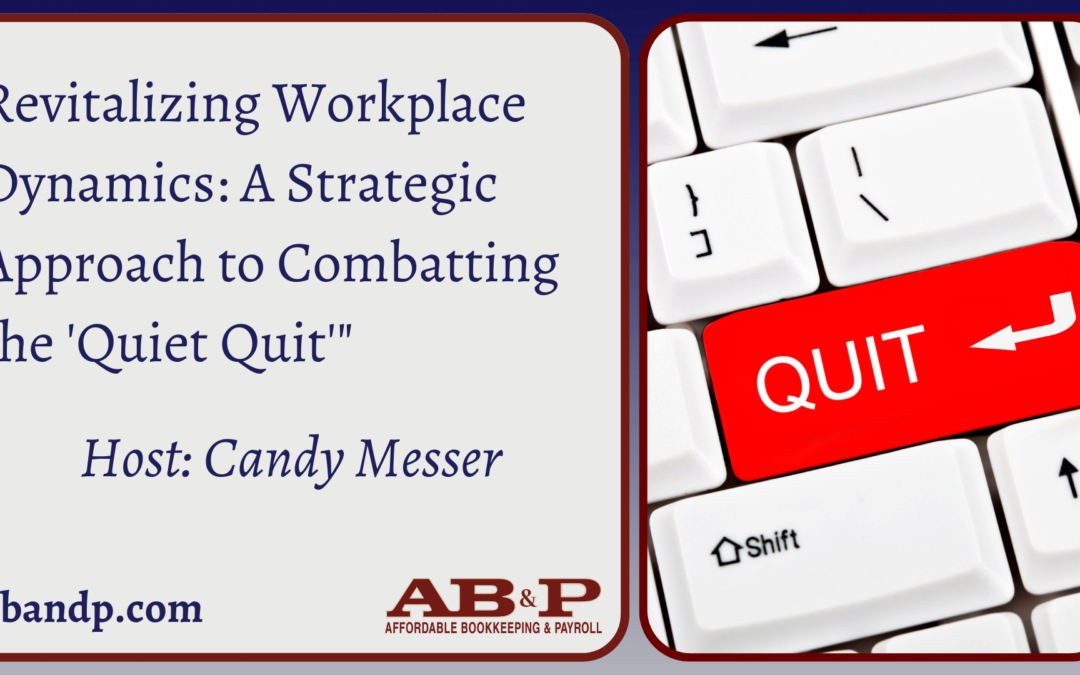Have you heard of this workplace concern: the “quiet quit.” This phenomenon refers to employees disengaging from their work, exhibiting signs of apathy and minimal effort.
As the professional landscape transforms, particularly with the rise of flexible work arrangements, individuals seek meaningful connections in their jobs. This presents a challenge for leaders to fulfill these needs while sustaining a productive work environment.
To counteract the quiet quit, human resource practices can play a pivotal role by prioritizing transparent communication, addressing uncertainties, and fostering employee engagement. Let’s look at some ideas on how to handle issues in more detail.
1. Establish Clear Communication Channels
Recognizing employees’ significance within the organization is crucial. You can achieve this by implementing robust communication channels that connect your staff. For hybrid or remote setups, leveraging platforms like Slack, email, text messaging, and video meetings ensures inclusivity. Defining communication policies helps employees feel secure in reaching out appropriately.
In-person companies can enhance communication through regular open “office hours,” providing a consistent space for expressing thoughts and concerns.
2. Respond to Uncertainty
Open communication serves as a tool to alleviate fears stemming from nationwide issues like inflation and recessions. By actively listening to employee concerns, you can develop realistic solutions, fostering a more resilient company culture.
3. Promote Employee Engagement
Facilitating employee engagement is crucial. Surveys, one-on-one reviews, and regular check-ins offer employees avenues to voice their opinions. Implementing changes based on feedback, regardless of scale, validates and respects employee needs, reinforcing a connected company culture.
4. Create a Connected Company Culture
Fostering a sense of value within the company community is vital. Aligning the core company culture with employee onboarding and celebrating individual achievements fosters a warm and inclusive environment. Structured social cues, such as weekly personal trivia, encourage shy or introverted employees to participate, enriching the overall professional atmosphere.
In conclusion, you can shape authentic company dynamics by championing open communication, genuine connections, and an inclusive work atmosphere. Such practices instill a sense of purpose and satisfaction in individual employees, mitigating burnout and dissatisfaction. Regular check-ins, celebrations of personal achievements, and clear career pathways contribute to a meaningful and fulfilling work environment.
By adopting these practices, you can address underlying causes contributing to employee burnout, cynicism, and dissatisfaction, ultimately countering the quiet quit and reigniting employee enthusiasm.
How Solid HR Practices Can Help Combat the Quiet Quit – CPA Practice Advisor
